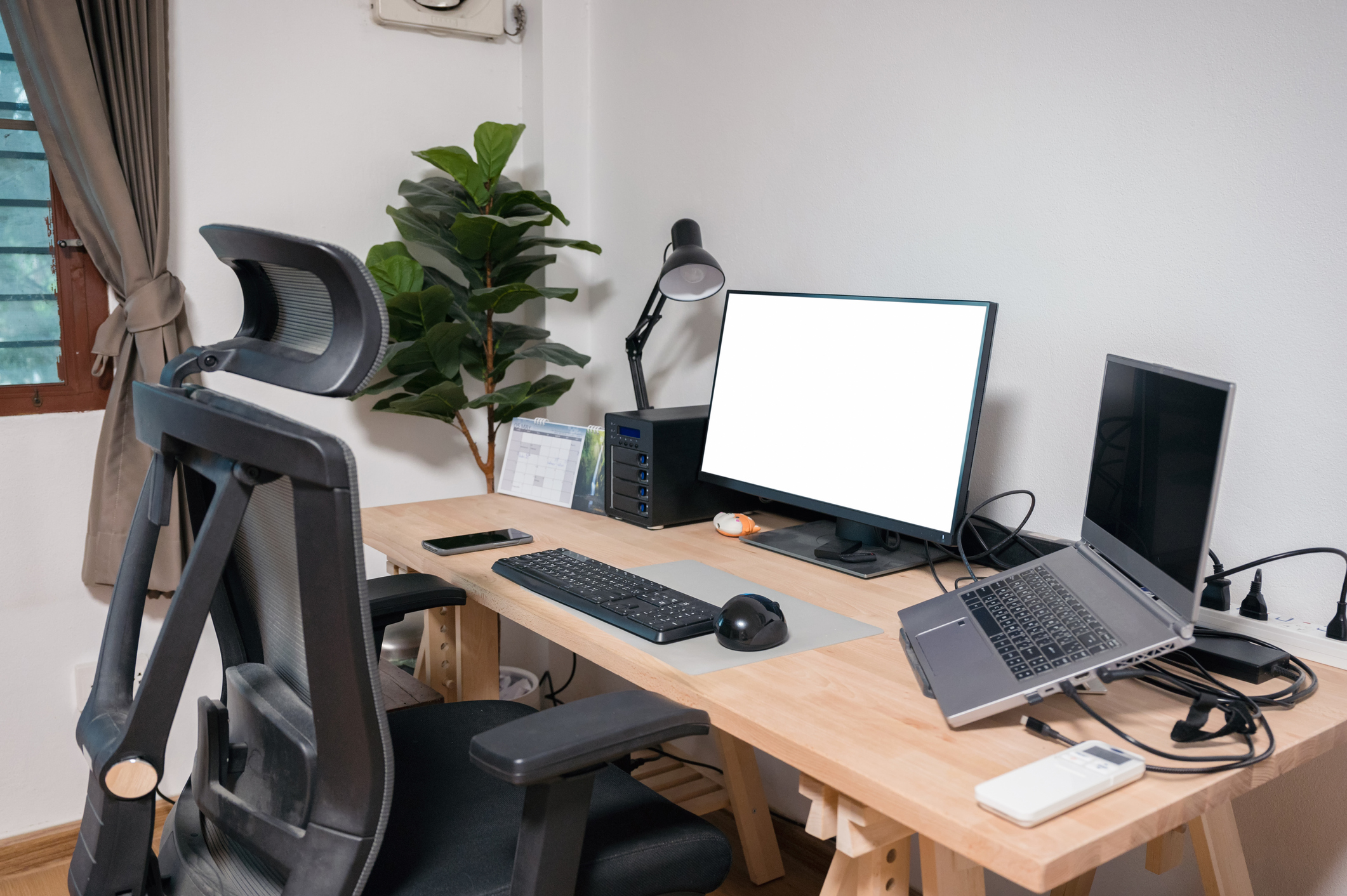
Unlocking Comfort: How to Beat Work-Related Pain in Your Office or Outdoor
With its bustling business districts and thriving construction projects, Phoenix has a diverse working demographic. No matter the occupation, from the financial analyst behind a desk to the craftsman on the construction site, the importance of maintaining physical well-being transcends job titles. Whether your job involves rigorous physical activity or long hours at a computer, you can take steps to prevent pain and discomfort.
Here, we’ve outlined targeted strategies for avoiding sprains, strains, and bodily wear and tear for people who work in any industry. Protecting your body now prevents chronic issues down the road.
For Office Workers
1. Optimize Your Workspace Setup
An ergonomic workspace minimizes awkward postures, reducing strain over long workdays. Be sure to adjust your monitor height for straight neck positioning without slouching or angling to see properly. Chairs should provide ample lumbar support — consider adding extra cushioning if needed. And keep feet flat to avoid circulatory issues.
2. Take Regular Movement and Stretch Breaks
Sitting without moving for long periods taxes the spine and surrounding tissues. Set a timer for every 30-60 minutes to prompt you to stand up and walk for at least 5 minutes, which will interrupt tension build-up. Simple neck rolls, shoulder circles, and calf/hamstring stretches at your desk encourage blood flow and flexibility.
3. Give Your Eyes a Break With the 20-20-20 Rule
Prolonged computer use fatigues your ocular muscles, leading to headaches or burning irritation by the day’s end. Every 20 minutes, take 20 seconds to gaze at something 20 feet away, which relaxes your focus. Blinking more also lubricates your eyes, preventing dryness.

For Physical Laborers
1. Loosen Up Muscles Before Work
Just like an athlete, you should always warm up to prepare your body for physical activity because this reduces the risk of strains. Take 5-10 minutes to gently move major muscle groups before strenuous work shifts — especially after long sedentary commutes. Dynamic full-body movements prepare your tissues for activity, which will help optimize performance and prevent injury.
2. Use Proper Techniques
Carefully follow safe manual lifting procedures using leg power while keeping your back flat to avoid muscle tears or slipped discs. When operating machinery, ensure you maintain balanced postures to minimize vibrational strain through your arms. Learn the ideal biomechanical technique for each required motion.

3. Wear Supportive Footwear
Good footwear provides support, reduces fatigue, and prevents injuries. Cushioned, waterproof work boots brace feet, ankles, and arches, minimizing shock transfer that can occur with walking or jumping. They reduce lower extremity muscular fatigue to protect knees and hips from cumulative wear and tear. Replace your worn treads to prevent slips.
4. Stay Hydrated
Frequent small water breaks prevent dehydration that can trigger severe muscle cramps, electrolyte imbalance, or heat illness, especially in extreme Phoenix temperatures. Thirst isn’t the most reliable gauge — pay attention to sweat output and urine color. Oral rehydration beverages can also replenish depleted sodium and nutrients.
General Tips for All
1. Posture is Key
Whether sitting or standing, maintaining a neutral spine position reduces the risk of back and neck pain. Be mindful of your posture throughout the day. Set reminders to sit up straight or stand tall. Consider using a lumbar support cushion when sitting for long periods.
2. Regular Exercise
Strengthening core muscles can reduce the risk of injury. Consider incorporating stretching and strengthening exercises into your routine. The current exercise recommendations include 150 minutes of cardiovascular exercise and two weightlifting sessions per week. Mixing up your workouts can help prevent overuse injuries.
3. Listen to Your Body
If something feels off or you’re experiencing consistent discomfort, it’s a sign to adjust your activities or seek professional advice. Don’t ignore nagging pains that persist. Discomfort that lasts more than a few days warrants evaluation.
4. Consult a Professional
Whether it’s for ergonomic recommendations for your office setup, a referral to a physical therapist for job-related strains, or a comprehensive musculoskeletal evaluation, don’t hesitate to seek expert guidance from a board-certified specialist in Physical Medicine and Rehabilitation or physiatrist.
In the sprawling landscapes of Phoenix, the diversity of jobs presents various challenges. Implementing appropriate precautions tailored to your occupational demands will help you stay healthy, prevent injuries, and reduce the risk of degenerative changes building up through your body over years of repetitive motions. Our specialists provide personalized advice to keep you working safely.
